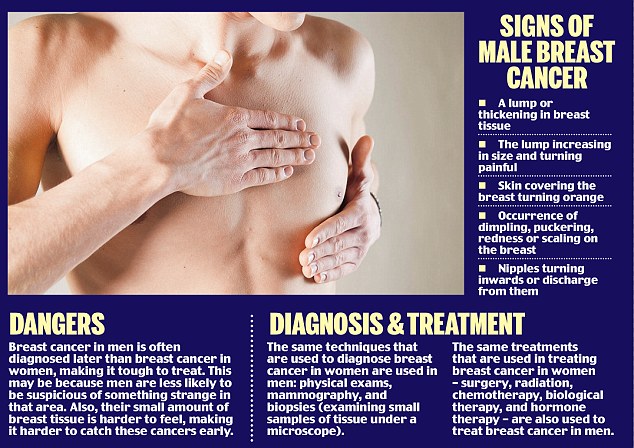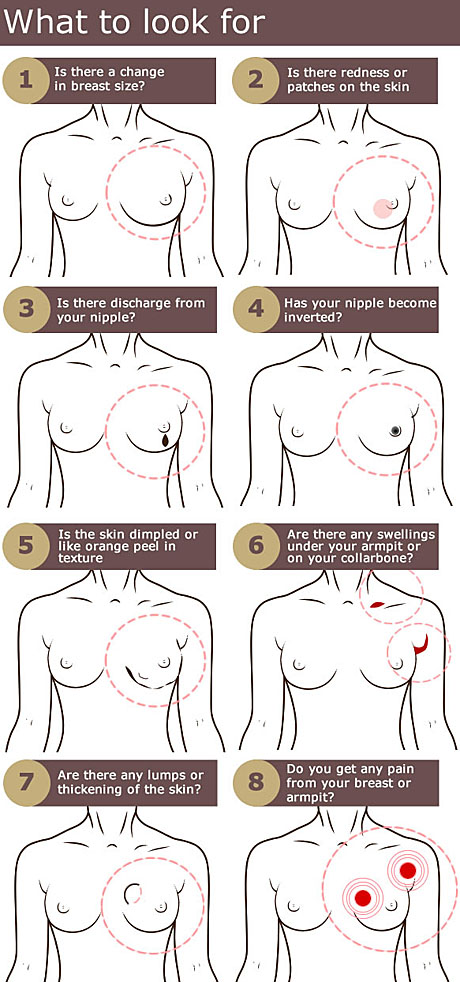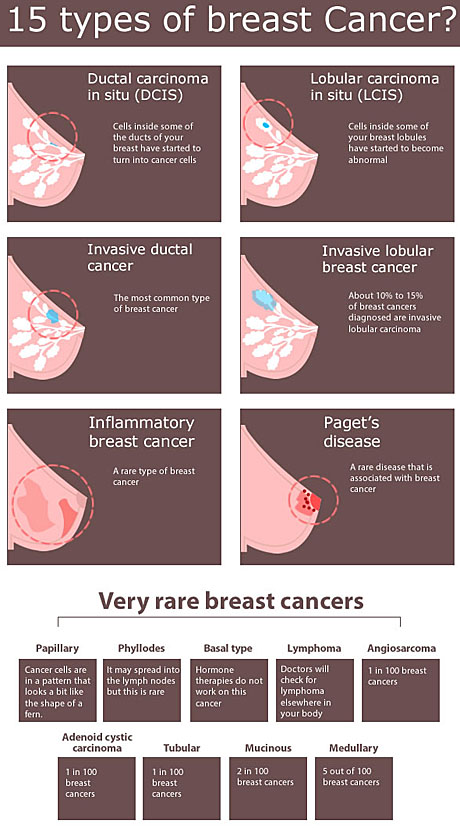
What is Breast Cancer?
Breast cancer is a tumor that is created from the breast tissue. Signs of breast malignancy may incorporate a lump in the breast, change in shape, dimpling of the skin, liquid originating from the areola, a recently transformed areola, or a red or textured fix of skin. In those with the far-off spread of the illness, there might be bone pain, swollen lymph, shortness of breath, or yellow skin.
Hazardous factors for developing breast cancer disease in India include obesity, absence of physical exercise, drinking liquor, hormone substitution treatment amidst menopause, ionizing radiation, early age at first monthly cycle, having kids late or not in the least, earlier history of breast tumor, and family history. About 5– 10% of breast cancer cases in India are because of genes acquired from a person’s parents, including BRCA1 and BRCA2 among others. Breast cancer growth most ordinarily develops in cells from the covering of milk ducts. Cancers creating from the ducts are called as ductal carcinomas, while those creating from lobules are known as lobular carcinomas. Some malignancies, for example, ductal carcinoma in situ, develop from pre-obtrusive lesions.

Breast Cancer in Men
It is often argued that men do not have breasts. But, it is forgotten that men too have breast tissues. The main difference is just that the tissue grows for women while it does not in the case of men. Due to the presence of these tissues, men too may develop breast cancer.

However, the main factor of disadvantage is that men are more likely to feel something strange or lump-like in that area of their body later than compared to women. This makes the diagnosis and consequent treatment delayed. This leads the tumor to grow and spread for a longer time in men. It is imperative to note that men between the age of 60-70 are most prone to breast cancer and those below 35 years of age are not inclined towards it. Severe symptoms of breast cancer in men include bleeding nipples. The treatment methods are the same as they are for women.
Types of Breast Cancer
The most common types of breast cancer iareInvasive Ductal Carcinoma (IDC) that affects 80% of those suffering from breast cancer. Several other types of breast cancers that influence the well-being of people are:
- Ductal Carcinoma In Situ (DCIS)
- Tubular Carcinoma
- Medullary Carcinoma
- Mucinous Carcinoma
- Papillary Carcinoma
- Cribriform Carcinoma
- Invasive Lobular Carcinoma
- Inflammatory Breast Cancer
- Lobular Carcinoma In Situ
- Metastatic Breast Cancer
- Paget’s Disease of the Nipple
- Molecular Subtypes of Breast Cancer
- Phyllodes Tumor of the Breast
Causes of Breast Cancer
General Causes of Breast Cancer are:
- Age: The risk increases with age.
- Genetics
- Dense breast tissue
- Estrogen exposure increases the risk while breastfeeding reduces the risk.
- Obesity
- Alcohol consumption
- Hormone treatment and the use of oral birth control pills
- Cosmetic implants
Prevention of Breast Cancer
- Reduce alcohol intake
- Quit smoking
- Physical exercise
- Avoid exposure to radiation and pollution
- Breast massages
- Consume foods rich in fiber, low-fat milk and soybean-based products.
- Avoid processed meats
Detection and Diagnosis of Breast Cancer

Breast cancer disease is confirmed by taking a biopsy of the concerning lump. Initial screening could be done by mammography. Once it is determined further additional tests can be done to decide and confirm whether the malignancy has spread past the breast and which medicines it might respond to.
The test that helps determine the breast cancer are as follows:
Chest x-ray: This test is performed to checking for the spreading of breast cancer to the lungs.
CT scan (computed tomography): A CT scan utilizes x-rays taken from various angles, which are combined through a computer monitor to take detailed photographs of the organs. This test is done to look at the chest and belly region (abdomen) to check if any breast cancer has spread to other organs parts or not. CT also makes it easy for the biopsy needle to guide and move into an area of concern.
MRI (magnetic resonance imaging): This test takes detailed images of the affected area by using radio waves and strong magnets instead of x-rays. This is helpful in determining any spread to the brain and spinal cord.
Ultrasound: For an ultrasound, a wand that produces off sound waves is moved over the skin surface to take images of the internal area of the affected part of the body. A gel is often first applied to the skin and then images are being captured by moving the electric wand on the skin area.
PET scan (positron emission tomography): For this scan, a form of radioactive sugar is inserted into a vein that travels in the whole body. Cancer cells are prone to absorb high amounts of sugar. A special camera then captures images that reveal the areas where the sugar got collected the maximum inside the body.
Bone scan: This scan helps in showing the area of the spread of cancer to the bones. Though similar to a PET scan, but it utilizes a different radioactive substance. This substance settles down in areas wherever there is a change in the bones. It is capable to show all the bones of the body at a single time and can easily the areas of cancer spread which are at times not visible in x-rays.
Treatment Options for Breast cancer:
There are numerous ways available today to treat breast cancer, depending on its type and stage of progression of the disease.
Local treatments: Some treatments are local in nature that is they are being treated without causing any hazardous effect to the rest of the body. Types of local therapeutic treatments used for breast cancer are:
- Surgery
- Radiation Therapy
Systemic treatments: When medication or drugs are being used to treat breast cancer they are considered as systemic treatment therapies. As with these therapies, drugs reach the cancer cells targeting them directly and palliating the disease. They can act almost anywhere in the body. They are given either orally or through intravenously. Depending on the type of breast cancer, various types of drug or medications treatment that might be used, include:
- Chemotherapy
- Hormone therapy
- Targeted therapy
Besides this homeopathy also finds the best application in palliating breast cancer. Homeopathy treatment is safe, side-effect free and never worsens the already existing condition instead it palliates the pain and control the further spread of the disease to a remarkable level. So, we can say this is one of the best cancer treatment methods.
CANDROL by Dr. Rishi one such homeopathic medicine that gives miraculous result and hopes to get rid of cancer. CANDROL was the resulting outcome as the 4th modality of cancer treatment and today they have been successful in treating patients with all kinds of cancer including GBM (glioblastoma multiforme) grade 4, hemato-oncological cases like A.L.L, C.M.L, autoimmune diseases after allogeneic or autogenic transplants like osteonecrosis etc.
CANDROL is tremendously beneficial as it can progressively work against the cancer cells at the molecular level by homeopathic immunotherapy. So, feel free to contact Dr. Rishi and get complete guidance and treatment of CANDROL.
Leave a reply





Leave a reply